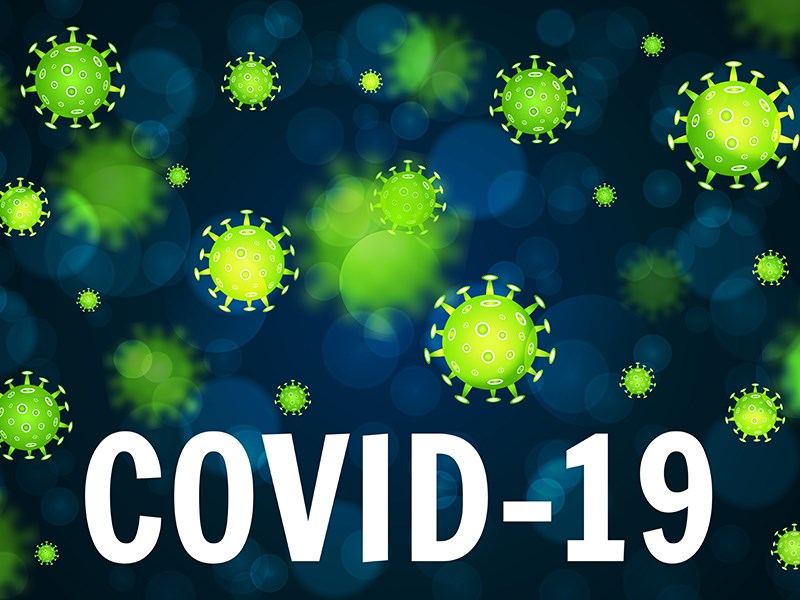Viruses have been a, or maybe the, primary influencer of human evolution. When looking in the mirror today, reflecting back is someone mainly shaped by pathogens and their ongoing battle with humans.
When a pandemic or epidemic hits a population, human or non-human, the species either adapts or could go extinct.
These are the choices as the COVID-19 virus shows signs of a second wave. When Dr. Bonnie Henry, in her voice as soothing as warm milk, explains the need for continuing restrictive protocols, or the nice person at the entrance to Walmart hands you a mask because they’re are mandatory, remember, there are only two choices: listen to the health professionals and adapt, or, refuse and possibly die, so to speak.
Human evolution for millions of years is largely the story of plant and animal viruses, their interaction with humans, and our adaptation to them.
However, a much more recent, local and tragic manifestation of viruses and how they shape society was the smallpox epidemic in BC in 1862. In a dark and tragic part of our common history, smallpox entered the province with an infected person on a steamship from San Francisco on March 12, 1862. The colonial government failed to quarantine and keep the virus local. Instead, when smallpox raged through the Indigenous worker camps, police emptied them at gunpoint and towed canoes of smallpox-infected Indigenous people up to coast to their communities.
In the next year, 30,000 Indigenous people died, 60 per cent of their entire population. Mass graves, empty villages and traumatized survivors led to their societal collapse. Indigenous populations fell by as much as 90 per cent in some areas. The Haida of the north coast fell from a pre-epidemic population of 6,607 to a mere 829 in 1881.
It is generally viewed now, whether passively or actively, the smallpox virus was weaponized and used by colonial settlers to grab the land from devastated Indigenous peoples unable to resist in their weakened state.
Unlike the rest of Canada, where treaties had to be negotiated, European settlers took the flat, fertile, seemingly abandoned land, which in truth, sustained Indigenous people for thousands of years but was lost forever.
This is the real history of BC and how a virus influenced who and where we are now.
Today, we have to work together as a community fighting for its common health against COVID-19.
Tla’amin Nation has shown everyone how to properly respond to this emergency with community strength and organization. Model behaviour which, if we all emulate, could save lives and control the virus.
How we react to this pandemic will shape our communities now and reverberate through future generations. An increase in densely populated cities will mean viruses can spread more efficiently from host to host.
Science will find a vaccine for COVID-19, nonetheless, we will change, adapt and hopefully behave with community health the primary consideration.
The economy is important, of course, but so is staying alive to participate in it.
Wear a mask, quarantine when necessary and as the doctor with the soothing voice says: “be kind to each other.”
Robert Skender is a Powell River freelance writer and health commentator.



